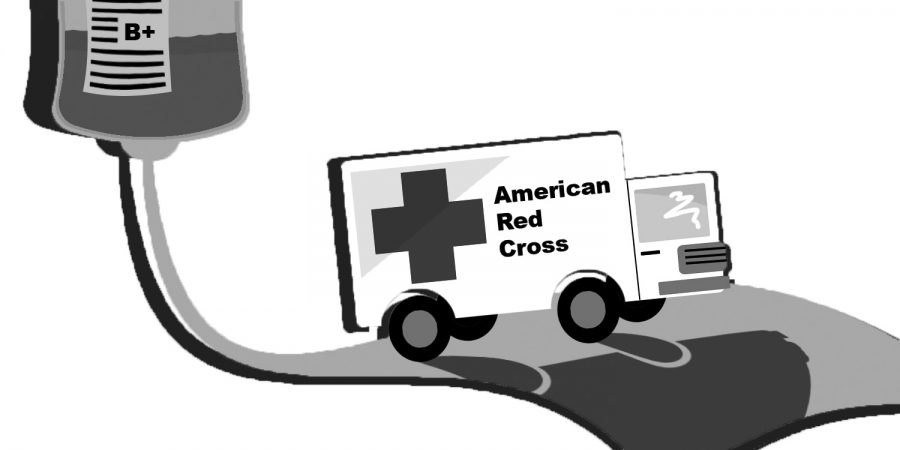OSU Blood Drive Association looks to reach new heights
February 6, 2017
Goal set to recruit more donors in winter term
Five days, 650 pints of blood and up to 1,950 people receiving help. Just another description for the Blood Drive Association of Oregon State University.
The BDA works in conjunction with the Red Cross three times a year to organize weeklong blood drives. They urge students and community members alike to donate blood and make a difference in a stranger’s life.
According to the club’s president, Katherine Fan, it can be difficult to motivate people to take time out of their day to make a donation, but that may be because they aren’t aware of the incredible impact they could have.
“For a lot of people, it doesn’t even cross their minds,” Fan said. “I think it’s important to always be encouraging new people to donate.”
The brothers of the Acacia fraternity have a good reason to donate.
“(Fraternity brother) Lauren J. Hill passed away due to not being able to get a blood transfusion in 1990,” said Acacia president Ryan McDowell. “To honor his memory we try to ensure we all either volunteer or donate at the Red Cross blood drive every term.”
Hill passed away on April 20, 1990 at the age of 20. A plaque honoring Hill hangs in the halls of the Acacia fraternity alongside another, which recognizes past members who recruited the most donors for the Red Cross blood drive in their respective years.
The Acacia brothers use their passion for the blood drive as a key selling point in recruitment.
Fan says the BDA is always looking to expand their reach and increase their donation numbers. They receive a large portion of new donors each term, but Fan sets the bar high when it comes to donation goals for the term. The organization was able to acquire 929 donors in the fall, about 300 shy of their goal of 1201.
Fan can always count on OSU students like Loren Ash, who is a frequent participant at local blood drives. While at first it was difficult to get over her fear of having blood drawn, she says that the positive impact of donating outweighs the miniscule risk. Now, Ash is not concerned with wait times or needle pricks, instead focusing on the help she can provide to a person in need.
“I was nervous donating the first time, but the process was essentially painless. Three years have passed, and I have donated over two gallons of blood,” Ash said.
According to the Red Cross, after a blood drive, the packaged blood is stored in ice coolers and transported to a Red Cross testing location. There the blood is put in a database, tested for infectious diseases and catalogued by blood type. The healthy blood is then centrifuged into red cells, platelets and plasma, which can be directly transfused into a patient.
The blood components are then stored in suitable conditions depending on their type, red cells at 6 degrees Celsius, platelets at room temperature and plasma at zero degrees Celsius. Each blood component also has a different shelf life, with platelets lasting only five days, red cells up to 42 days and plasma up to a year. However, most blood components do not go bad, according to the Red Cross.
Once transfused, the donated blood is shipped to hospitals that are in need 24 hours a day, seven days a week. Fan said that most blood is used locally, typically ending up at the Good Samaritan Hospital or other hospitals in the area. If the blood is used at a more remote location, the Red Cross will notify the donor where it is used.
According to Fan, people have a number of reasons for why they do not donate blood; they are too busy to spare the time, they are scared of blood or needles or they simply do not want to.
The next Blood Drive is Feb. 6 through the 10th. One can join McDowell and the Acacia house in donating blood, or if one is unable to donate, one can join Fan and the BDA as a volunteer.















































































































